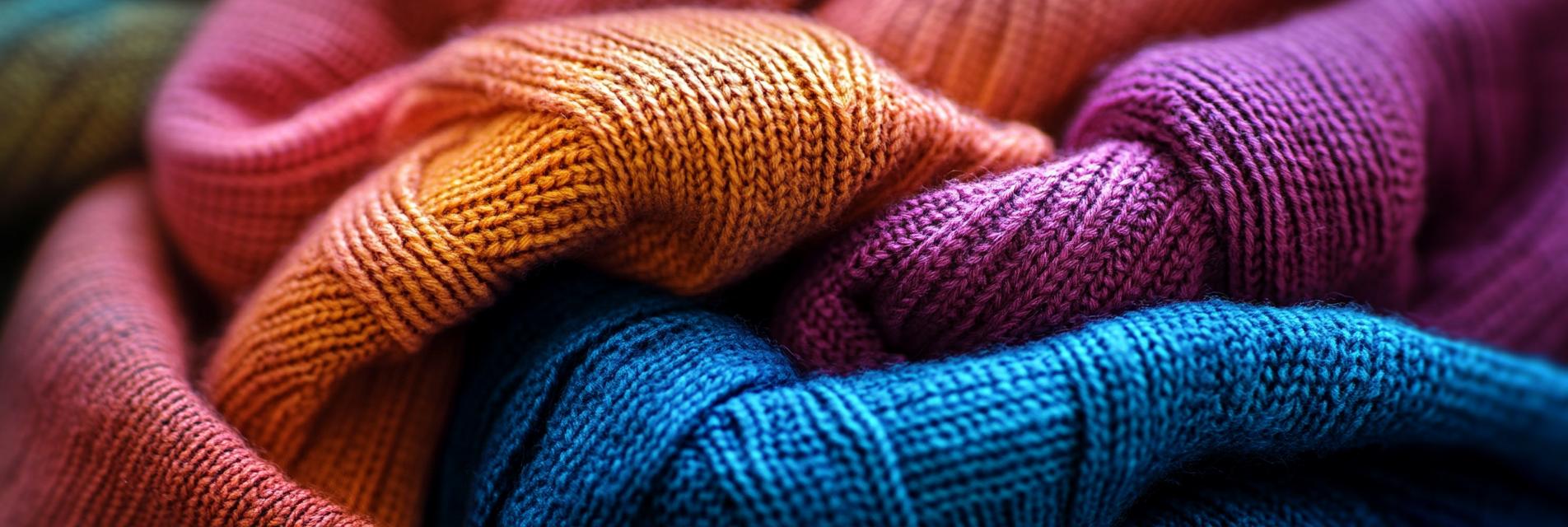In my experience as an expert in the textile industry, the significance of double rib dyed knitted fabrics cannot be overstated. This fabric type has recently gained momentum due to its unique texture and versatility, making it a favored choice among designers. In this article, I will delve into the latest innovative design trends surrounding these fabrics and discuss how sustainability plays an integral role in shaping this field.
Sustainability is currently a leading trend across various industries, including textiles. With the growing awareness of environmental issues, designers are focusing on creating fabrics that not only meet aesthetic demands but also adhere to sustainable practices. Double rib dyed knitted fabrics provide a fascinating opportunity for implementing sustainable techniques that mitigate waste and reduce the carbon footprint.
Innovative dyeing techniques, such as natural dyeing from plant-based sources and zero-waste patterns, are now prevalent. These methods not only enhance the appeal of the fabric but also appeal to the environmentally conscious consumer. I find it inspiring how traditional techniques are evolving to meet modern needs.
The applications of double rib dyed knitted fabrics extend beyond garments. They are being used in interior design, such as cushion covers and wall hangings, demonstrating their versatility. This shift towards creative applications opens new avenues for designers to showcase their skills while adhering to sustainable practices.
As I look towards the future, it is clear that the trend in double rib dyed knitted fabrics will continue to evolve. With advancements in technology and a deeper understanding of sustainable practices, designers are poised to redefine the norms of fabric design. The intersection of innovation and sustainability will likely lead to increasingly creative options for consumers and producers alike.

In conclusion, the innovative design trends in double rib dyed knitted fabrics are a testament to the industry's commitment to sustainability and creativity. As we continue to explore new techniques and applications, it is crucial for us as professionals to embrace these changes, nurturing an environment where both our creativity and the planet can thrive.
